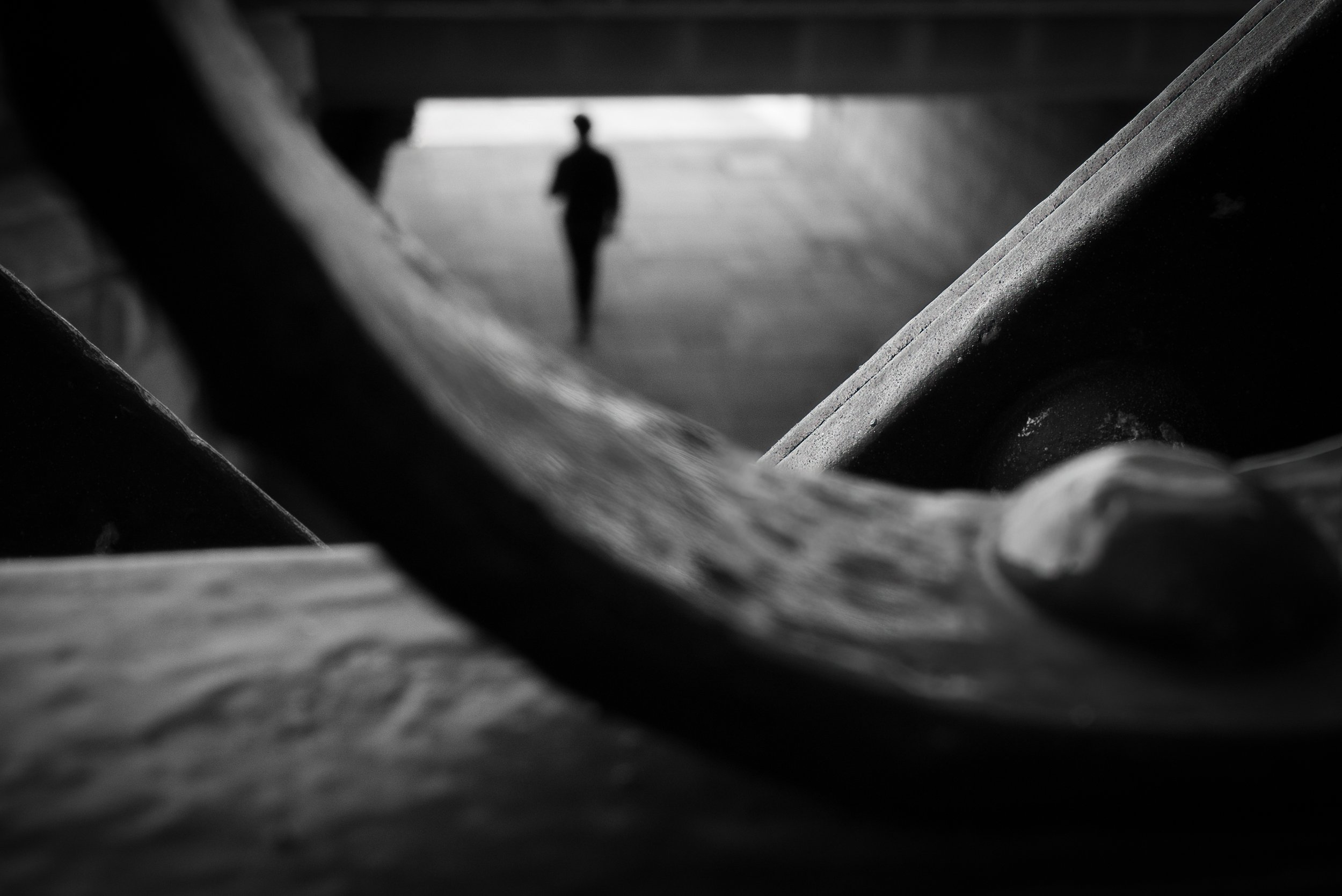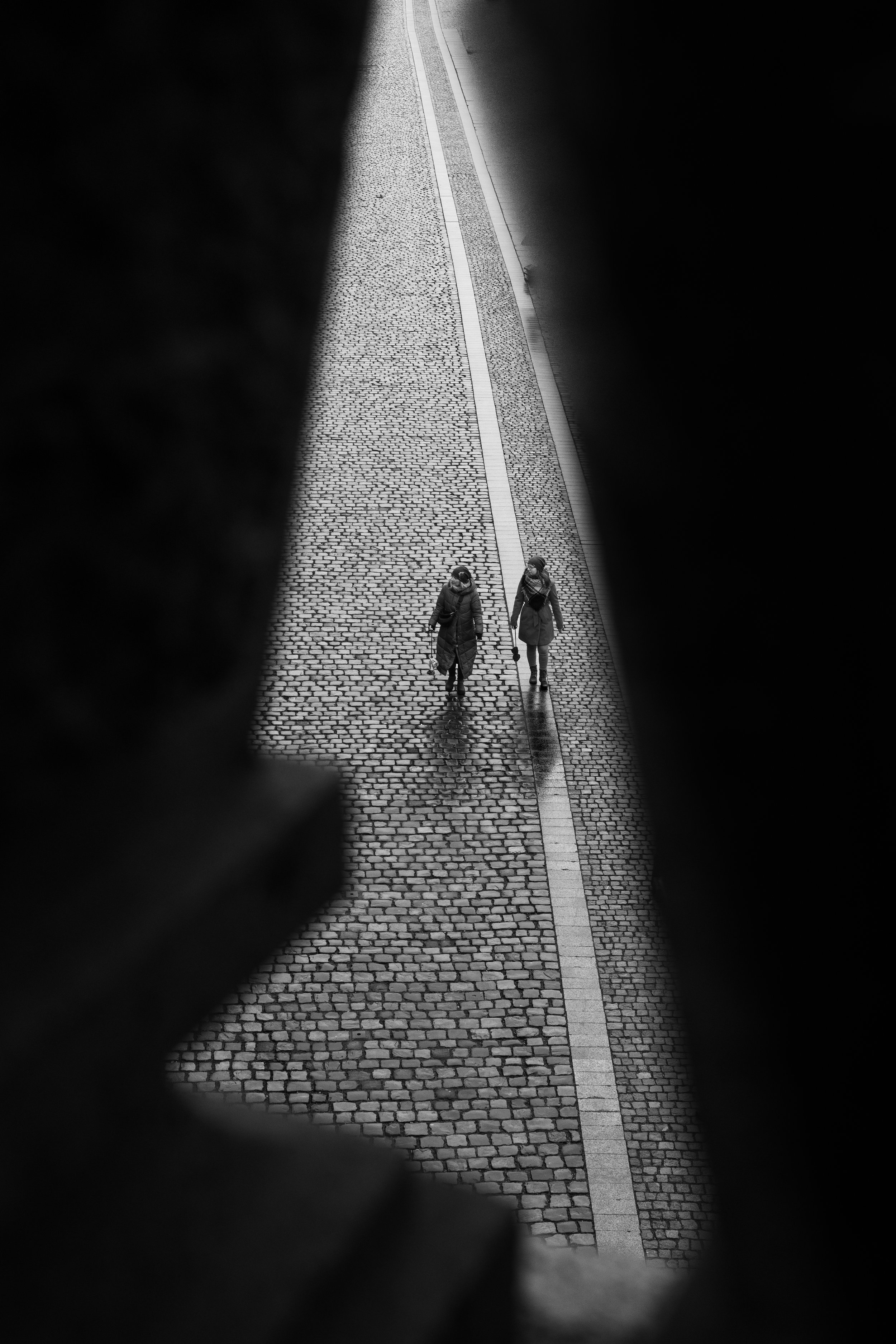Musings on Triangles by Bruno Lavi
Triangles everywhere. Conductive triangles, intentional triangles.
They have the stability required for a calm life, but with a small change they become savages and undermine every possible emotional balance.
The builders of the pyramids in Egypt defined stability and permanence through the perfect triangles in architecture thousands of years ago. Later, Renaissance artists such as da Vinci or Michelangelo used triangles as a means of creating the sacred atmosphere in their works. Modern art artists turned triangles into a means of conveying powerful messages of emotion.
In a more scientific approach, psychologist Robert Sternberg developed Sternberg's Triangular Theory of Love, which describes love through three main components: intimacy, passion, and commitment. What could be more perfect than this?.....
The artistic and emotional richness of triangles is reinforced scientifically through trigonometry, an important and significant branch of mathematics that deals entirely with triangles.
I've noticed that, instinctively, every photographic opportunity I have I look to incorporate triangles into frames.
On the street, I look for triangles everywhere. The triangle, as a negative space that creates balance and conduction, allows me to control the gaze directions of the observer in my photos. An illuminated triangle in composition always allows me to convey the dramatic message and sometimes the sanctity of the moment.
Sometimes, triangles appear unintentionally within the composition. While following compositional rules is helpful, triangles are not to be forced if they don't naturally complement the frame.
The key is to experiment and see how triangles can enhance the creation.
“If triangles had a god, he would have three sides.” — Baron de Montesquieu








